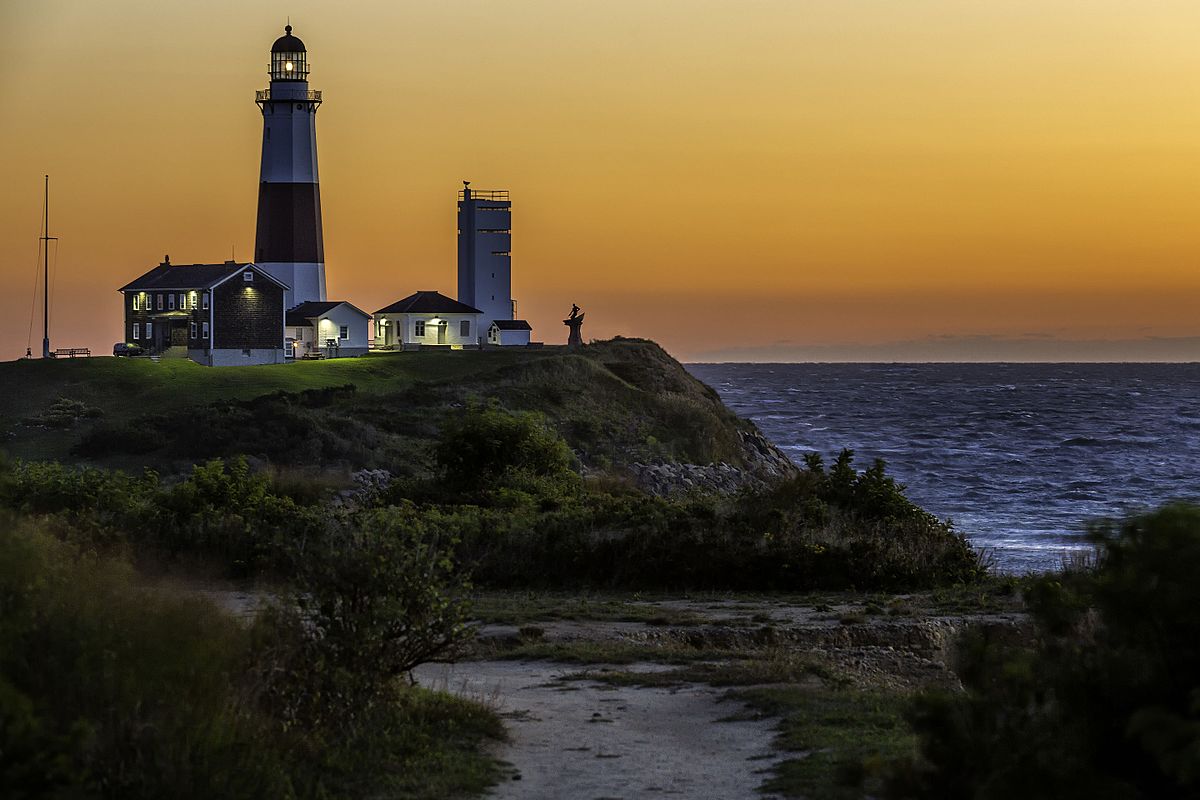SaparotRob
Unter Gemeine Geschwader Murmeltier XIII
At one time it was a green and verdant island. There were many delightful settlements scattered about its length. It even had a city, Long Island City. Then, during the Great Tymes of Doing Great Thyngs, the great inter dimensional force of the Empire City of the Empire State that came to be known as Greater New York reached out across the Eastern River and absorbed the pleasant but lesser townes that were upon the western shores of the island. They would never again be joined by any mortal force except maybe roads, streets, foot paths, bus routes......

